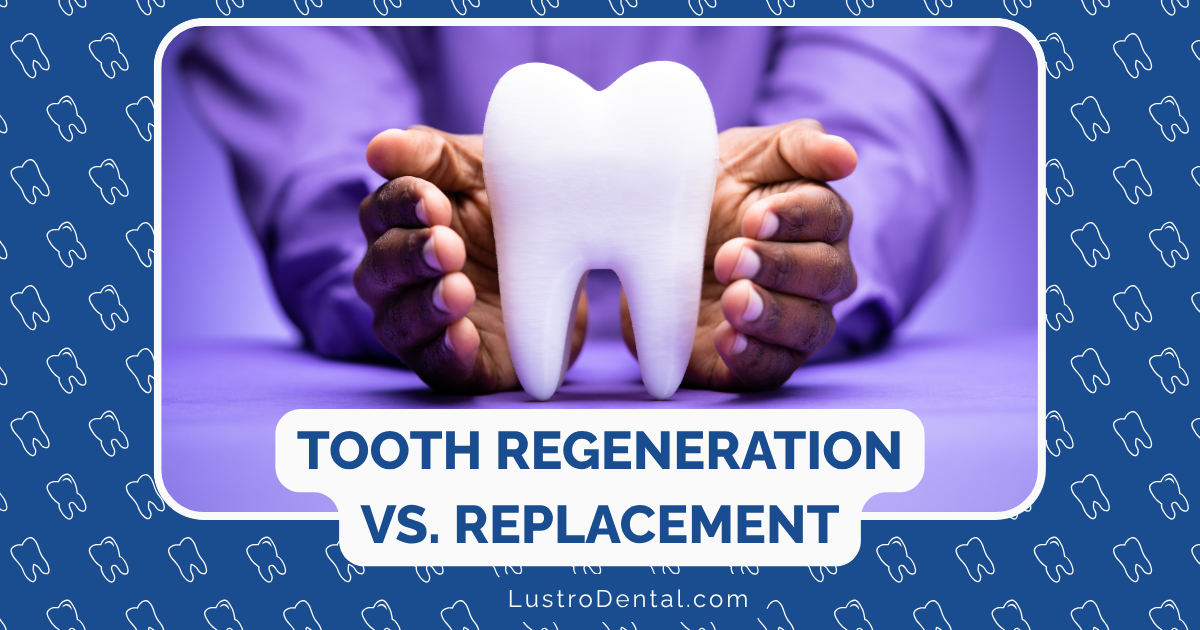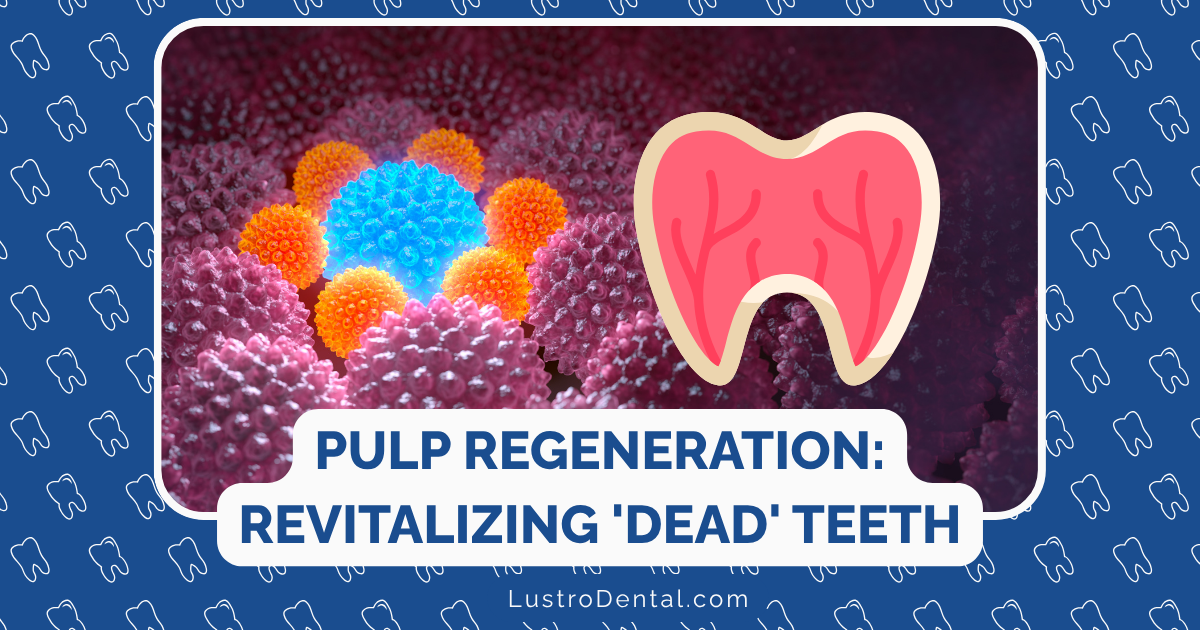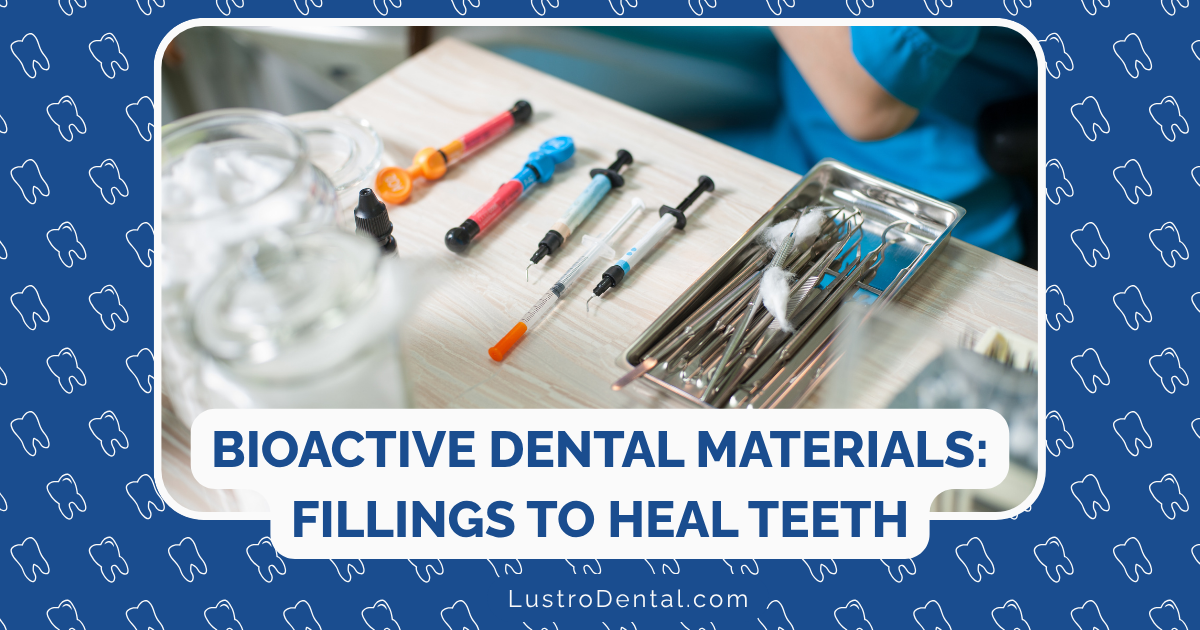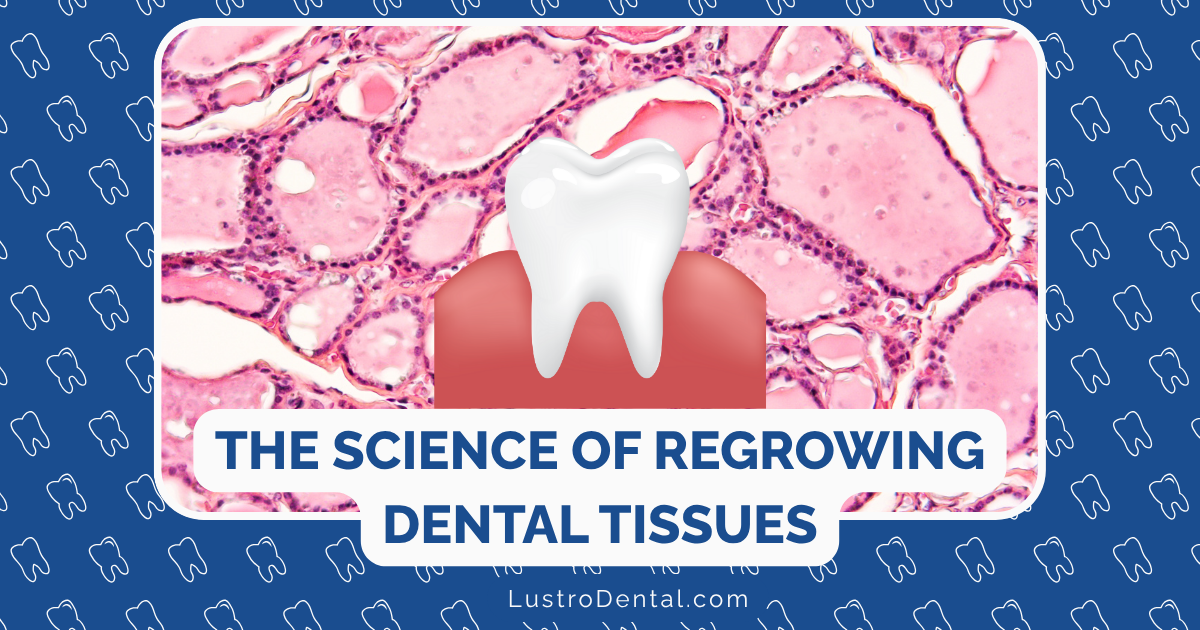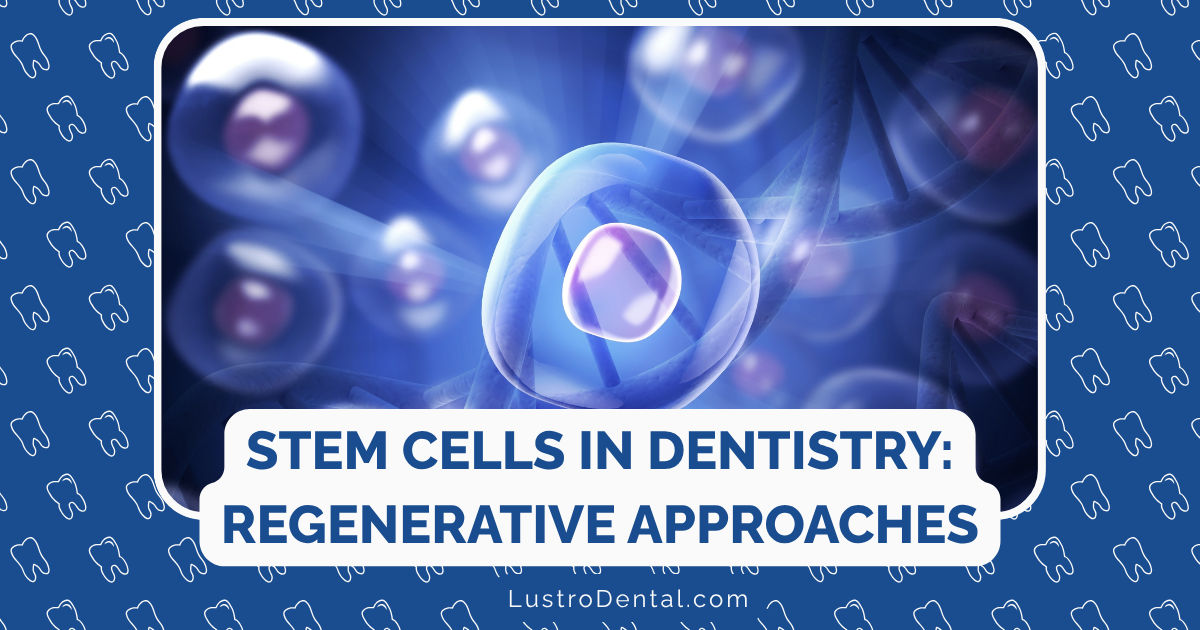The 3D Printing Revolution: How It’s Changing Dental Labs and Treatment Times
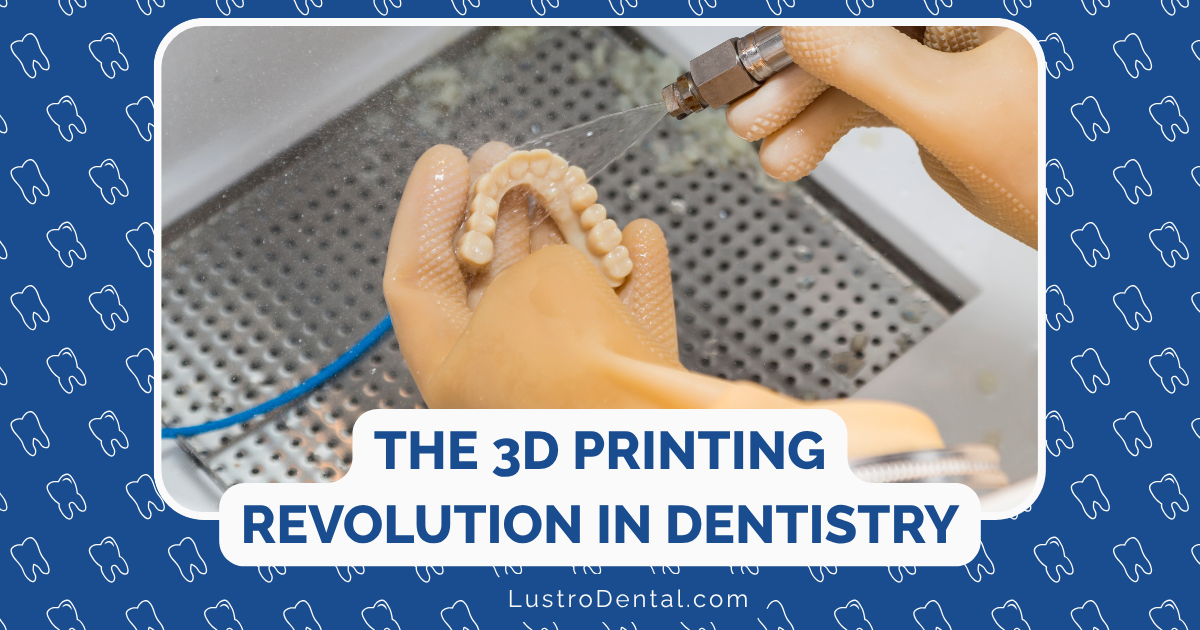
Remember when getting a crown meant at least two appointments, weeks of waiting, and dealing with a temporary that might fall off at the most inconvenient time? Or when orthodontic treatment required goopy impressions that made you gag? Those days are rapidly becoming dental history, thanks to the revolutionary impact of 3D printing technology.
The dental industry is experiencing a profound transformation that’s reshaping everything from laboratory workflows to patient experiences. As someone who has witnessed this evolution firsthand, I can tell you that 3D printing isn’t just another incremental improvement in dental technology—it’s fundamentally changing how dental care is delivered, making treatments faster, more precise, and often more affordable.
Let’s explore how this 3D printing revolution is transforming dental labs and dramatically reducing treatment times for patients.
The Rise of 3D Printing in Dentistry
From Niche Technology to Industry Standard
Just a decade ago, 3D printing in dentistry was considered experimental, limited to a few forward-thinking labs and research institutions. Today, it’s becoming the standard approach for creating everything from models to final restorations.
According to 3DPrint.com, the dental 3D printing market surpassed $3 billion in 2023 and is expected to grow by more than 20% annually through 2032. This explosive growth reflects the technology’s transformative impact on the industry.
The Digital Workflow Revolution
The 3D printing revolution is part of a broader digital transformation in dentistry that includes:
- Digital impressions: Intraoral scanners capture precise 3D models of teeth and soft tissues
- CAD/CAM design: Specialized software allows for the digital design of dental appliances
- 3D printing: Additive manufacturing creates the physical product layer by layer
- Post-processing: Finishing and polishing the printed object for clinical use
This end-to-end digital workflow is eliminating many of the time-consuming, error-prone steps in traditional dental laboratory processes.
How 3D Printing is Transforming Dental Labs
Revolutionizing Production Capabilities
Speed and Efficiency
Traditional dental lab processes often required days or weeks to complete restorations. With 3D printing, the timeline is dramatically compressed:
- Model printing: 30 minutes to 2 hours (depending on size and resolution)
- Surgical guides: 1-3 hours
- Denture bases: 2-4 hours
- Crown and bridge frameworks: 1-2 hours
3D Systems reports that their NextDent 300 printer can produce a full build of 15 denture arches in as little as nine hours—a process that would take days using traditional methods.
Volume and Scalability
3D printers can work continuously, producing multiple appliances simultaneously:
- A single printer can produce dozens of models overnight
- Multiple patient cases can be nested in one print job
- Production can be scaled by adding more printers without proportional increases in labor
This scalability allows dental labs to handle higher volumes without corresponding increases in staffing or physical space.
Economic Impact on Dental Labs
Cost Efficiency
The economic advantages of 3D printing for dental labs are substantial:
- Lower equipment costs: According to 3DPrint.com, 3D printing systems can be up to 10 times less expensive than traditional milling systems for comparable accuracy
- Reduced material expenses: Materials for 3D printing cost 10 to 30 times less than milling blocks
- Less waste: Additive manufacturing uses only the material needed, reducing waste by up to 80%
- Lower labor costs: Automated processes reduce the need for skilled technicians for many tasks
These savings allow labs to offer competitive pricing while maintaining or improving profit margins.
Expanded Service Offerings
3D printing enables labs to diversify their services:
- Wider range of appliances: From surgical guides to clear aligners
- Custom solutions: Specialized appliances tailored to individual patient needs
- Rapid prototyping: Testing designs before final production
- Digital archiving: Storing designs digitally for future reproduction
This versatility helps labs adapt to changing market demands and create new revenue streams.
Material Innovations Driving Lab Capabilities
The evolution of 3D printing materials has been crucial to its adoption in dental labs:
Biocompatible Resins
- FDA-cleared materials for long-term use in the oral environment
- Specialized formulations for specific applications (dentures, surgical guides, etc.)
- Improved mechanical properties for durability and function
Multi-Material Capabilities
- Aesthetic materials that mimic the appearance of natural teeth
- Functional materials with appropriate strength and flexibility
- Combination printing allowing different properties in a single appliance
According to Advanced Dental Export, multi-material 3D printing allows for the creation of dental prosthetics using a combination of materials, enhancing both durability and aesthetics.
Impact on Treatment Times and Patient Experience
Same-Day Dentistry Becomes Reality
Perhaps the most dramatic impact of 3D printing is the shift toward same-day treatments:
In-Office Applications
Many dental practices are now bringing 3D printing in-house:
- Same-day crowns: Design, print, and place in a single appointment
- Immediate surgical guides: Print and use for implant placement in one visit
- Custom night guards: Scan, design, and deliver while the patient waits
According to Nota 3D, in-office 3D printing allows for the production of crowns, bridges, and veneers in a single visit, saving patients time and eliminating the need for temporary restorations.
Lab-to-Practice Turnaround
Even when appliances are produced in external labs, digital workflows and 3D printing significantly reduce turnaround times:
- Digital file transfer: Instant transmission of scans and designs
- Streamlined production: Fewer manual steps and potential errors
- Reduced shipping needs: Local production becomes more feasible
Some labs now offer same-day or next-day service for certain appliances that previously took weeks.
Enhanced Precision and Customization
3D printing isn’t just faster—it’s often more precise:
Accuracy Improvements
- Digital accuracy: Eliminating distortion from physical impressions
- Consistent reproduction: Standardized manufacturing process
- Micron-level precision: Capturing fine details that might be missed in traditional processes
Dentsply Sirona notes that 3D printers can produce highly accurate and reproducible dental appliances, minimizing human error compared to traditional methods.
Patient-Specific Solutions
The digital nature of 3D printing enables unprecedented customization:
- Anatomical precision: Restorations designed to match exact oral structures
- Personalized aesthetics: Customized appearance based on patient preferences
- Functional customization: Appliances tailored to individual bite patterns and jaw movements
This level of customization improves both comfort and clinical outcomes.
Real-World Applications Transforming Dental Care
Orthodontics: The Clear Aligner Revolution
Perhaps nowhere is the impact of 3D printing more evident than in orthodontics:
- Digital treatment planning: Visualizing tooth movement before treatment begins
- Custom aligner production: Creating precise sequential aligners for tooth movement
- Rapid iterations: Modifying treatment plans as needed without starting over
3D Systems reports manufacturing approximately one million patient-specific clear aligners daily, demonstrating the massive scale of this application.
Prosthodontics: Reimagining Restorative Dentistry
3D printing is transforming how dental prosthetics are created:
Crowns and Bridges
- Digital design optimization: Computer-aided design for ideal fit and function
- Material advancements: New printable materials with excellent aesthetics and strength
- Rapid production: Same-day or next-day delivery of final restorations
Complete and Partial Dentures
- Digital try-ins: Previewing fit and appearance before final production
- Precise fit: Improved comfort and function through digital accuracy
- Rapid reproduction: Easy replacement if dentures are lost or damaged
According to Advanced Dental Export, 3D printing significantly reduces production time for prosthetics, allowing for same-day restorations such as crowns and bridges.
Implant Dentistry: Precision and Predictability
3D printing has revolutionized the implant workflow:
- Surgical guides: Precise positioning of implants based on digital planning
- Custom healing abutments: Optimized soft tissue contours
- Immediate provisionals: Same-day temporary restorations following implant placement
This precision leads to better outcomes, faster healing, and improved patient satisfaction.
Challenges and Future Directions
Current Limitations and Challenges
Despite its transformative potential, 3D printing in dentistry still faces some challenges:
Technical Considerations
- Material limitations: Continuing need for stronger, more aesthetic materials
- Post-processing requirements: Many printed objects require additional finishing
- Maintenance and training: Need for technical expertise to operate and maintain equipment
Regulatory and Quality Control
- Standardization issues: Ensuring consistent quality across different systems
- Regulatory compliance: Meeting FDA and other regulatory requirements
- Long-term performance data: Limited long-term studies on some applications
Emerging Trends and Future Possibilities
The future of 3D printing in dentistry looks even more revolutionary:
Advanced Materials and Technologies
- Bioprinting: Potential for printing living tissues for regenerative dentistry
- Multi-material advancements: Combining different properties in single prints
- Smart materials: Responsive materials that adapt to the oral environment
According to Advanced Dental Export, bioprinting is emerging in dental care, focusing on the regeneration of dental tissues and structures, including 3D-printed bone grafts and biocompatible implants.
AI Integration and Automation
- AI-driven design: Automated design optimization based on patient data
- Predictive modeling: Simulating treatment outcomes with greater accuracy
- Fully automated workflows: Reducing human intervention in routine cases
Advanced Dental Export notes that AI-driven design tools are streamlining the creation of dental restorations, reducing manual adjustments and improving patient outcomes.
The Economic Impact: Cost Savings for Practices and Patients
Practice Economics
The 3D printing revolution offers significant economic benefits for dental practices:
- Reduced lab fees: In-house production eliminates or reduces external lab costs
- Fewer appointments: Same-day treatments improve scheduling efficiency
- Higher case acceptance: Faster treatment times and potentially lower costs increase patient acceptance
According to Vaniman, 41% of dental labs plan to cut costs through improved operating efficiency by 2025, primarily via technology like 3D printing.
Patient Cost Benefits
These efficiencies can translate to patient savings:
- Lower treatment costs: Reduced lab and material costs can be passed on to patients
- Fewer missed work days: Same-day treatments mean fewer appointments
- Reduced travel expenses: Fewer visits mean less travel to dental offices
Case Studies: 3D Printing Success Stories
Case Study 1: Digital Denture Transformation
A dental laboratory implemented the NextDent 300 system for denture production:
Before 3D Printing:
- Production time: 3-5 days per denture
- Labor hours: 4-6 hours of technician time per case
- Remakes due to errors: 15% of cases
After 3D Printing:
- Production time: 9 hours for up to 15 dentures simultaneously
- Labor hours: 1-2 hours of technician time per case
- Remakes due to errors: Reduced to 3% of cases
The lab reported a 60% increase in denture production capacity while reducing labor costs by 40%.
Case Study 2: Same-Day Crown Implementation
A dental practice integrated in-office scanning and 3D printing for crown production:
Before 3D Printing:
- Treatment time: 2 appointments over 2-3 weeks
- Laboratory costs: $150-250 per crown
- Patient satisfaction score: 7.5/10
After 3D Printing:
- Treatment time: Single 2-hour appointment
- Material costs: $15-30 per crown
- Patient satisfaction score: 9.2/10
The practice reported increased profitability despite charging slightly less for crowns, due to reduced lab fees and improved chair utilization.
Practical Considerations for Dental Professionals
Implementing 3D Printing in Your Practice or Lab
For dental professionals considering 3D printing adoption:
Assessment and Planning
- Workflow analysis: Identify which applications would benefit most
- ROI calculation: Determine potential return on investment
- Space and infrastructure needs: Ensure adequate space and ventilation
Technology Selection
- Printer technology: Different technologies (SLA, DLP, etc.) have different strengths
- Material compatibility: Ensure materials meet your specific needs
- Software integration: Confirm compatibility with existing digital systems
Training and Implementation
- Staff training: Develop expertise in digital workflows
- Phased implementation: Start with simpler applications before advancing
- Quality control protocols: Establish procedures to ensure consistent results
Partnering with 3D Printing Labs
For practices not ready to bring 3D printing in-house:
- Digital impression capability: Invest in intraoral scanning to access digital workflows
- Lab partnerships: Identify labs with 3D printing capabilities and fast turnaround times
- Hybrid approach: Consider which procedures to keep in-house vs. outsource
Conclusion: Embracing the 3D Printing Future
The 3D printing revolution in dentistry represents more than just a technological shift—it’s fundamentally changing how dental care is delivered. By dramatically reducing treatment times, improving precision, and often lowering costs, this technology is making quality dental care more accessible and convenient for patients.
For dental professionals, embracing this revolution means staying competitive in an evolving landscape. Whether through in-house implementation or strategic partnerships, integrating 3D printing into dental workflows is increasingly becoming not just an option but a necessity.
As we look toward 2025 and beyond, the pace of innovation in dental 3D printing shows no signs of slowing. New materials, improved technologies, and innovative applications will continue to expand what’s possible in dental care. The practices and labs that adapt most effectively to this revolution will be positioned to thrive in the digital dental future.
The days of weeks-long waits for dental appliances are rapidly becoming a thing of the past. In their place, we’re seeing a new era of dental care defined by speed, precision, and patient-centered convenience—all powered by the remarkable capabilities of 3D printing technology.
Have you experienced 3D printed dental appliances or same-day treatments? How did they compare to traditional methods? Share your experiences in the comments below!


